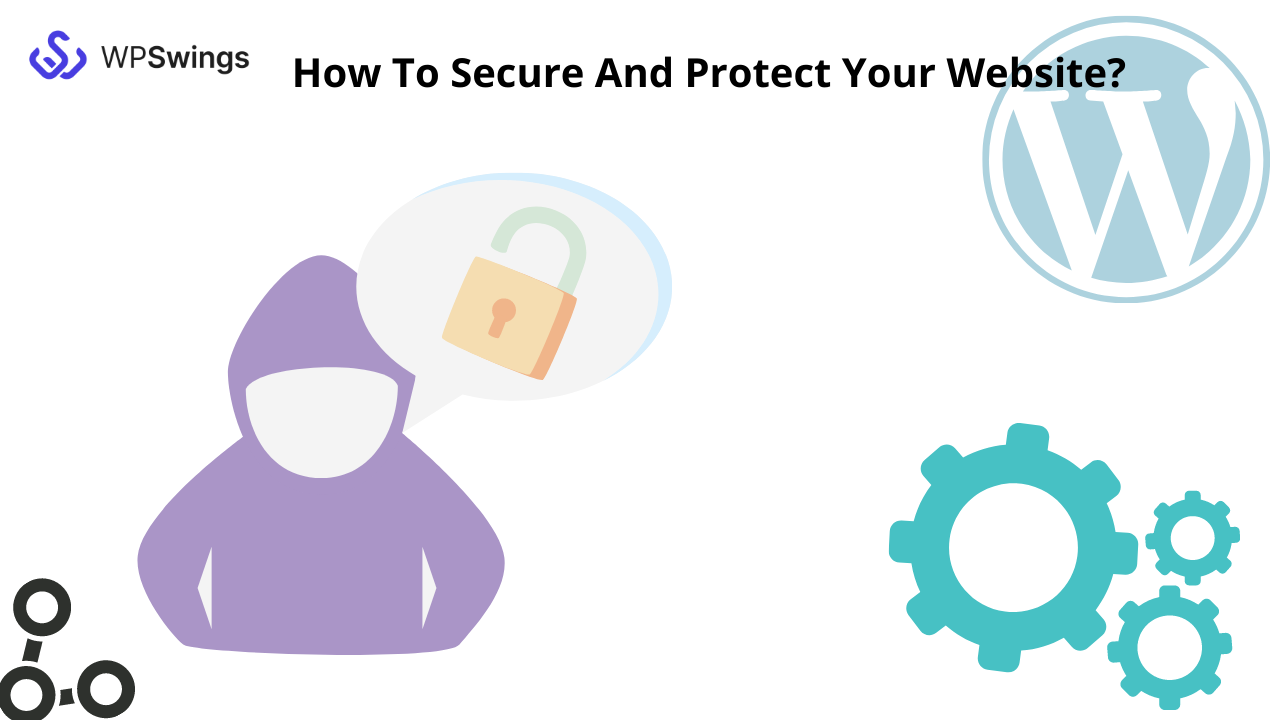By using the principle of tiered or layered protection, everyone who is ready to give up a little time and effort to learn, can achieve the best internet security for viruses, spyware, malware, or every other threat on the web. No security configuration is impenetrable but ‘best internet security ‘ here just implies more powerful than any other class of computer security (skeptics keep reading, it will be clear by the end of the guide!). You do not require a supercomputer to set this up; any computer able to run regular antivirus and firewall services can just as easily handle a tiered configuration. Nor it be necessary to invest that much money, you could even use all freeware programs (but in general, the added features that come with paid versions are definitely worth it). This guide is intended for every internet user who is interested in obtaining better computer security for themselves, their family, or their pals. Advanced knowledge is unnecessary and all that it will take is a understanding of the basic principle, a bit of basic knowledge about computer security applications, and a few pointers. This guide will put you on the right track to obtain the best internet security.
The first point about computer security is, you should not be using merely one service as your single means of protection. The principle behind tiered internet protection is, you posses a variety of defenses in both width and depth (covering every type of threat and in multiple layers) so that first, it will prevent every angle of attack and next, even if one layer is fails or is compromised, the second or third layer should stop it. More importantly, the type of applications you utilize are more important than the specific programs you pick. That is a key point to understand about tiered protection if you are aiming for the best internet security. It does not need to rely on any particular program and, done correctly, will achieve a much more reliable and complete security setup than any other class of computer security that is based on a single program, no matter how powerful it may be. Put simply, you can’t create the best internet security by just relying on a single program to handle all your computer security needs. Using the right configuration of compatible services, your PC will be protected with multiple layers from practically every possible type of security risk or angle of attack on the web.
Not to give the wrong idea, it’s quite important to have reputable and trusted programs but it’s just more important to get the right types of utilities. A tiered computer security configuration includes several programs covering different angles, but all working towards the same goal, providing you with the best internet security. The main reason this type of configuration is always more powerful than any one utility is simply because it is possible to already use any utility (including your favorite security suite), as the centerpiece of your tiered computer security configuration. That ‘all-in-one’ suite may be the centerpiece but in a tiered defense, it is still just one part in your multilayered computer security. Quite simply, that is why the best internet security configurations will by necessity be tiered.
That said, if you are not familiar with common conventions of computer security programs, there can be some nuance to setting up a tiered security configuration. The most considerable risk to the average internet user when trying to achieve the best internet security is the potential for different security utilities to interfere with each other. If you have different programs that are conflicting, this can cause general instability in your PC and could potentially leave holes in your security. Thus, to actually set up the best internet security through tiered defense, it’s crucial to know exactly which types of programs you need, what can be running simultaneously and where redundancy will add to your strength.
To successfully tier your computer security, your security services need to minimally cover the following: Firewall, Real Time Protection, Passive Defense/ Browser Immunity, and Scanning/Removal. If you do not cover all of these areas, you will not get the best internet security, period. Every one of these categories could take a full article in their own right but the most fundamental guideline is, you should always and only use one real-time antivirus protection and one firewall. Normally, more than one of each will conflict (there are one or two notable exceptions but we will not cover them here). For the remaining two categories, scanning/removal and passive defense, several redundant programs are advisable for comprehensiveness due to the fact that these programs do not need to be running except when specifically in use.
When searching for which utilities to use for your computer security, always remember to only pick trusted applications with established track records and whenever possible, download them from the official sites. If you need some suggestions, there are a couple of quality guides that can assist you in picking the right programs and generally make it easy to build the best internet security for your computer. The exact programs you select should also be based on your personal preferences, the money you are willing to spend(you could potentially use all free programs), and your computer’s power. As soon as you cover all the angles, you will have the best internet security and the peace of mind which comes with this knowledge.
Once again, with a little direction, regardless of computer security knowledge or expertise, anyone can create a tiered defense and achieve the best internet security.


